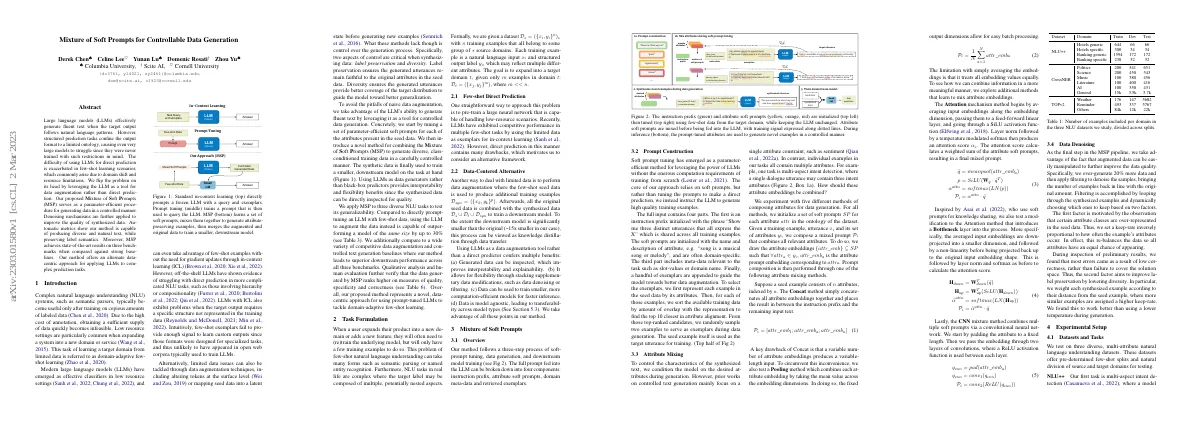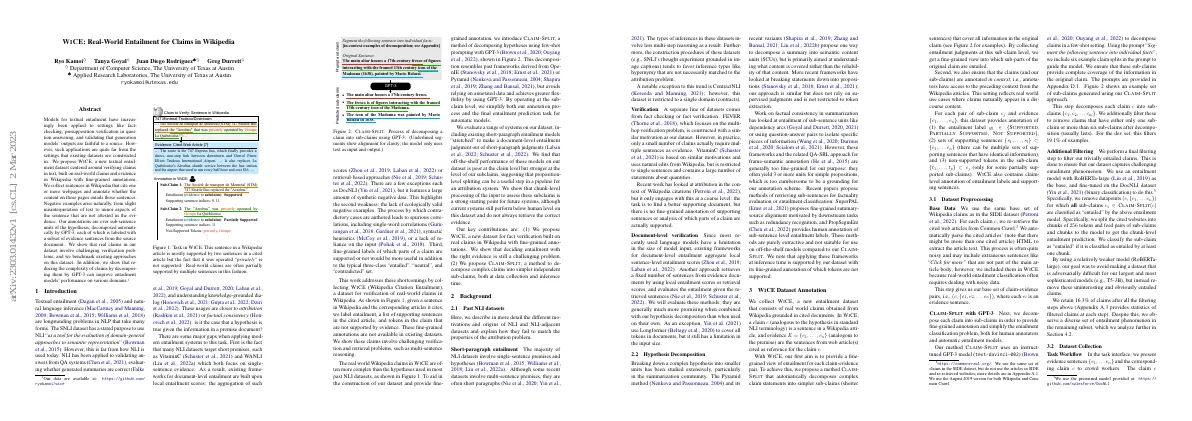
Towards Democratizing Joint-Embedding Self-Supervised Learning
Link to paper The full paper is available here. You can also find the paper on PapersWithCode here. Abstract JE-SSL has seen rapid developments in recent years due to its promise to leverage large unlabeled data. Development of JE-SSL methods driven by search for increasing classification accuracies and use of computational resources. This has led to numerous pre-conceived ideas that carried over across methods. This work debunks these ideas to unleash the full potential of JE-SSL....








